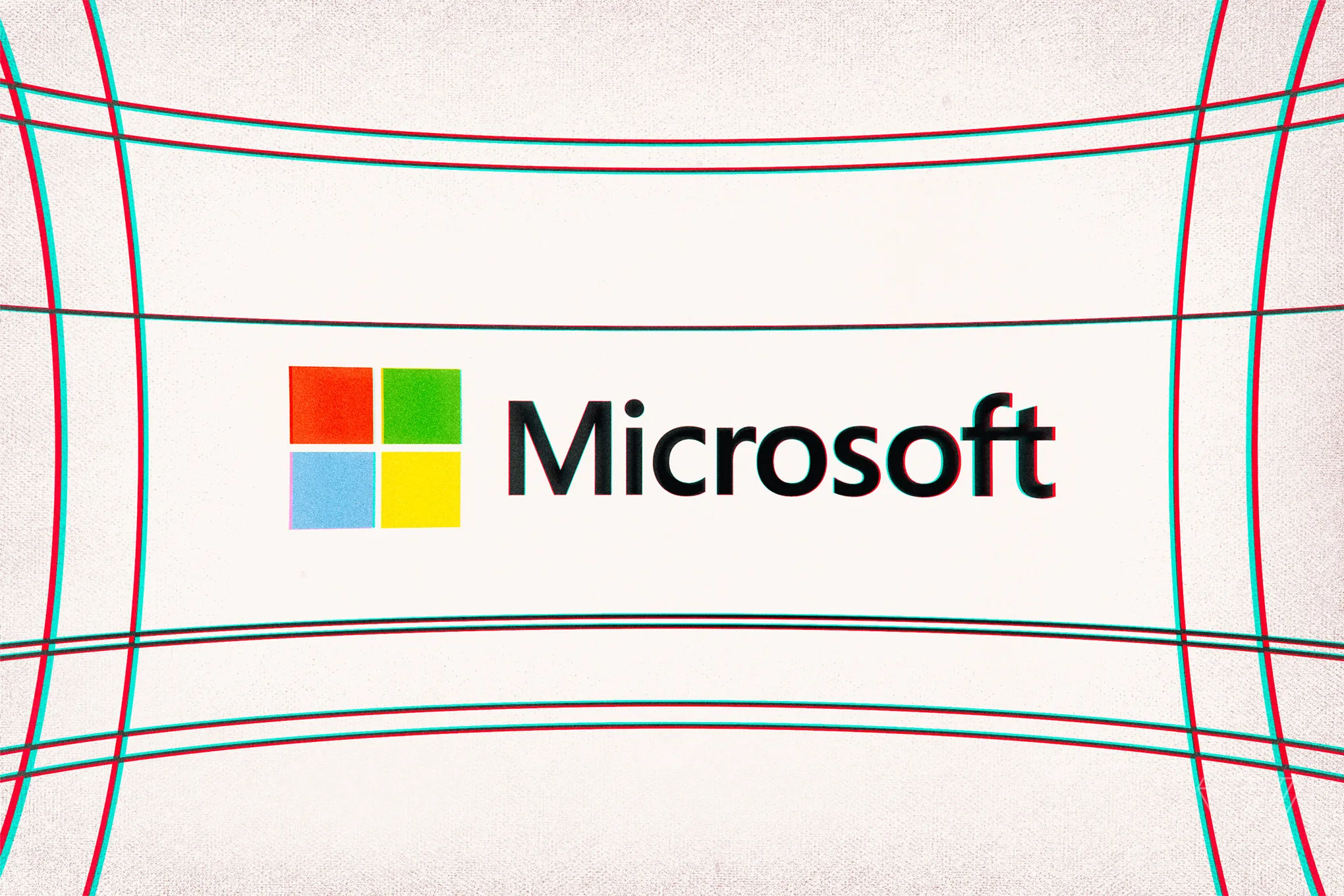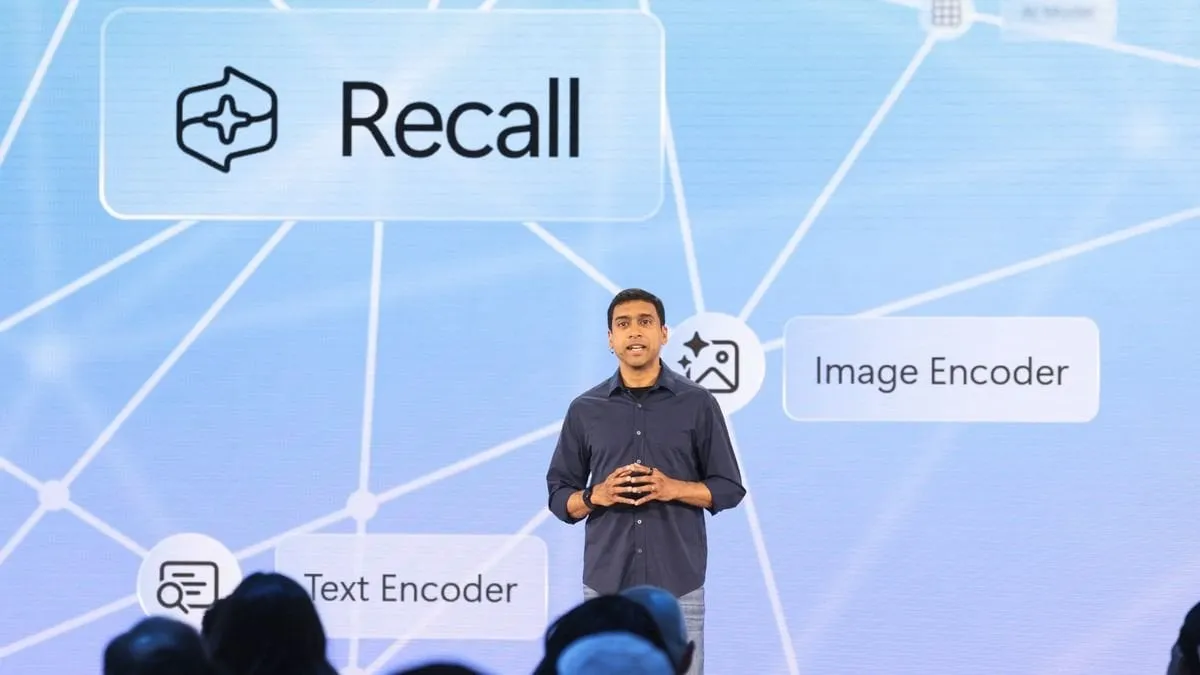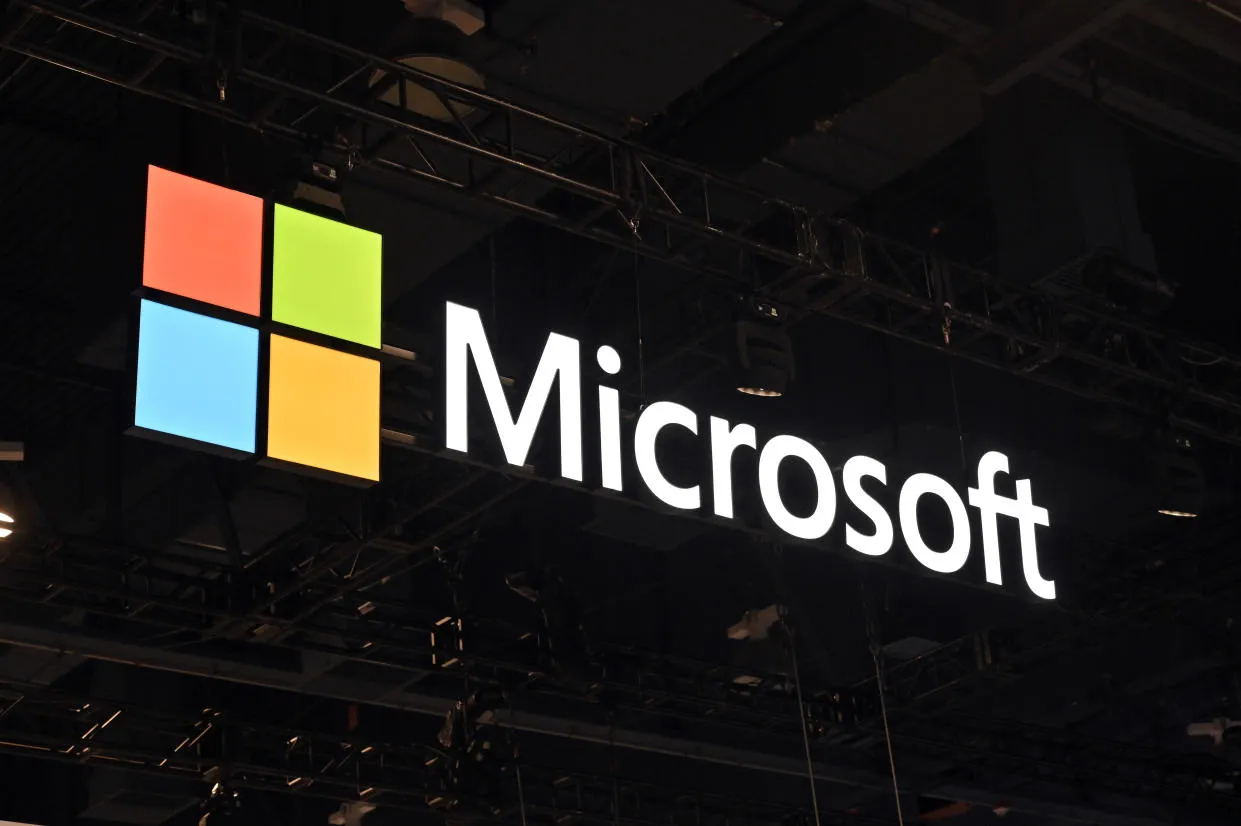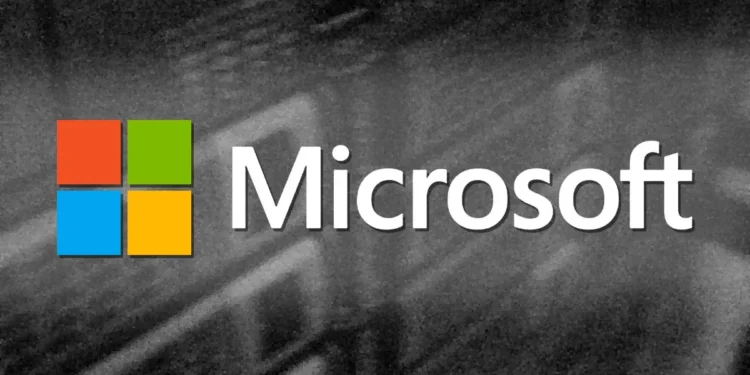In a surprising twist, Microsoft has decided to retract a previously announced update that would have made account sign-ins mandatory for users of shared devices starting February 2025. This decision comes after intense criticism from users and cybersecurity experts alike, who raised concerns about the potential risks associated with remaining logged into public PCs.

A Closer Look at Microsoft’s Decision
Microsoft’s corporate vice president of identity & network access program management, Alex Simmons, clarified the situation in a recent statement to The Verge. He confirmed that, contrary to previous announcements, “There will be no changes to Microsoft users’ commercial (Microsoft Entra) or consumer (Microsoft account) sign-in experiences in February.” He attributed the confusion to “incomplete information mistakenly published by a Microsoft product team.”
This clarification implies that while the controversial policy might be revisited later, it will not be implemented as originally stated. The news has been a relief to many who feared the implications of staying perpetually logged into their Microsoft accounts on publicly accessible computers.
The Potential Impact of Future Changes
Despite the current retraction, the underlying documentation that caused the uproar is still accessible, though references to the contentious sign-in process have been removed. Notifications about the planned change had been sent out to users of Microsoft services like Outlook, advising them of what was to come.

Interestingly, Microsoft had planned to remove the “Stay signed in?” prompt from its applications—a minor but significant change that would decrease the frequency of log-in prompts but increase the risk of unauthorized access on shared devices. While this might streamline some user experiences, it sparked a debate over user security versus convenience.
What’s Next for Microsoft Users?
The company has not provided explicit reasons for considering these changes initially, nor has it detailed any specific future plans for altering the sign-in experience. However, users of shared devices should remain vigilant. The recommendation is to manually sign out after each session or to use private browsing modes to ensure security.
This situation highlights the ongoing challenges tech giants face when trying to balance security with user convenience. As Microsoft navigates these waters, users should stay informed about any new updates regarding their account management settings and be ready to adjust their practices accordingly.

Microsoft’s backtrack on its sign-in policy is a testament to the power of user feedback and the importance of cybersecurity awareness. As the digital landscape evolves, so too must the policies and practices of those who shape it. For now, Microsoft users can rest easy, but staying informed and proactive is the best defense against future changes that may affect their digital security and privacy.










